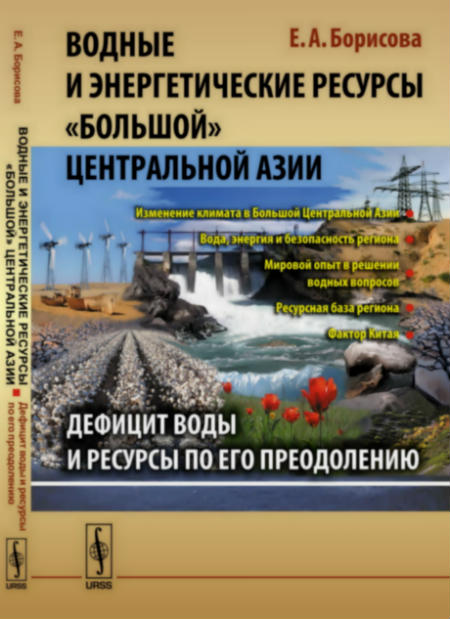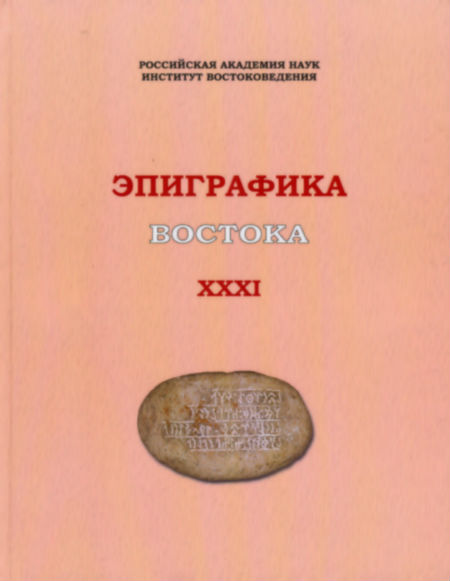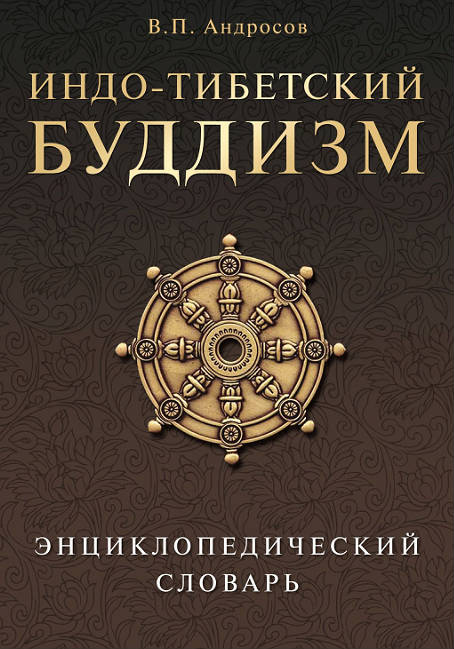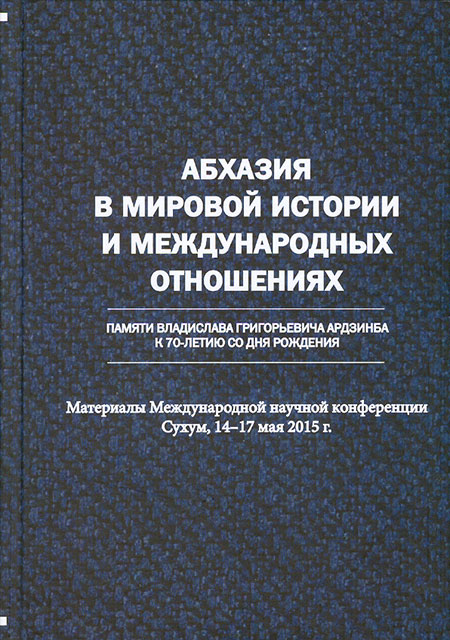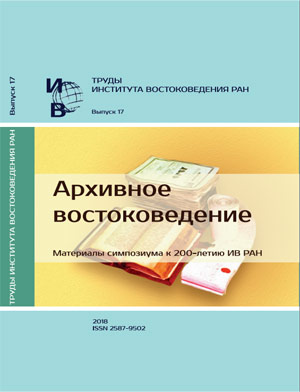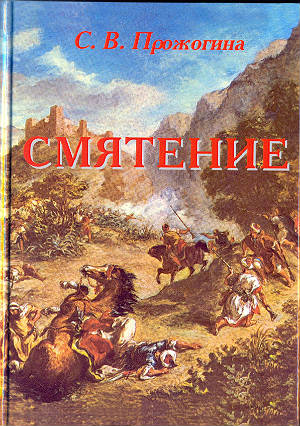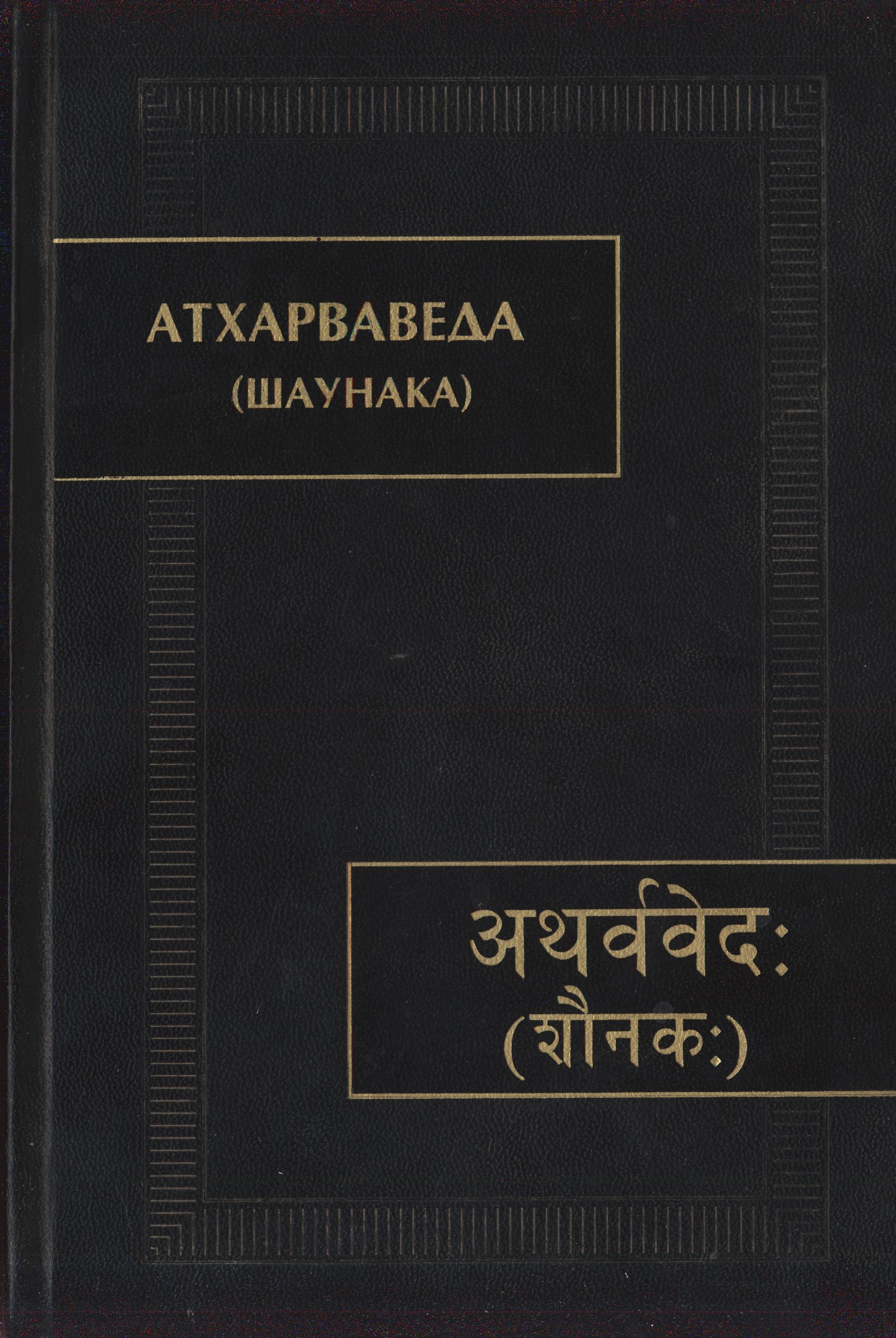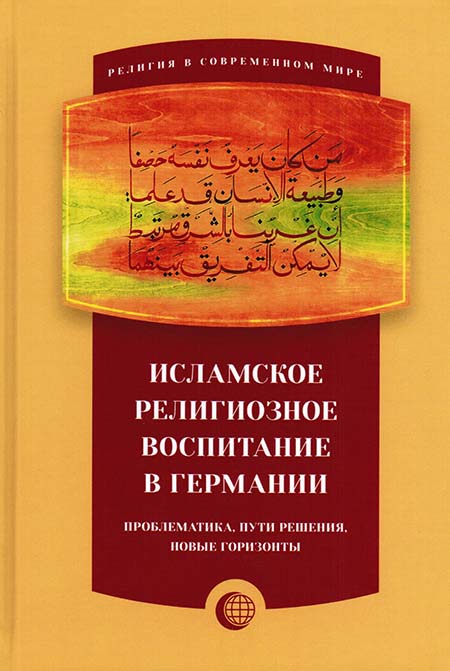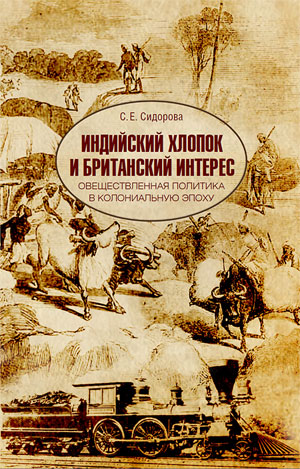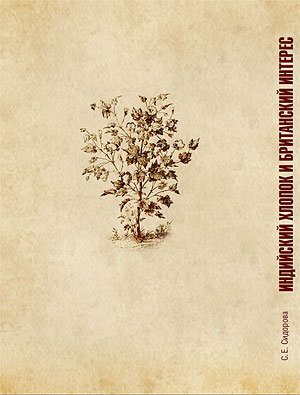Book
Indian Cotton and British Involvement. Materiality of Colonial Politics
Москва, С-Петербург, 2016, 352 p.
The book “Indian Cotton and British Involvement: Materiality of Colonial Politics” focuses on more than a century-long history (1750s—1870s) of a Central Indian region throughout its transition from the first contacts of European visitors with the Nagpur State until the appropriation of these lands by the British. The establishment of political and economic dominance of an alien culture is discussed in terms of materiality. The main object of the study is cotton, one of the principal Central Indian crops and also the most important colonial commodity of the industrial revolution era. Commercial interest in cotton resulted in territorial claims by British business circles and colonial authorities, defined the vectors and substance of their economic activities, geopolitical decisions, trajectories of their mobility and goods’ flows, as well as newly formed territorial borders. In the book, cotton is viewed as a generalized symbol of other colonial things that embodied the British culture and its domination over colonial space. A detailed review of the colonial practices relating to things reveals methods of, opportunities for, and limitations of mutual impact of the local and foreign cultures, mechanisms of their mutual adaptation and rejection, their modernization and conservation at the time when they coexisted and overlapped.
As the British advanced further into the territory of Central India and learned what for and how these lands could be used, the number of the British settlers grew, they tended to stay longer, engaged in business activities, and assumed the reins of power. As a result, their material presence spread and became more visible: isolated bungalows transformed into “white” residential and commercial areas with governmental buildings; few dispersed graves gave way to European cemeteries; roads and railroads were built and telegraph cables were laid, forming infrastructure networks. This growing material presence attested to a gradual change in Europeans’ standing in Central India: from visiting travelers in the mid-eighteenth century to legitimate rulers a century later. Changes in their status and related visual attributes shapes the logic of this book. Its five chapters follow the chronological order. Events described in each chapter take place both in India and Great Britain.
Chapter I draws from the accounts of the first European travelers to Nagpur (Thomas Mott, Alexander Elliot, George Forster, Daniel Leckie, G.T. Blunt, Henry Thomas Colebrooke) and analyses British diplomatic efforts to establish relations with Raja of Nagpur that were occasionally interrupted by armed conflicts. Chapter II discusses practices of the British residents Mountstuart Elphinstone and Richard Jenkins as official ambassadors to the court of Raja of Nagpur; it also describes some technological and intellectual innovations that took place in Great Britain and influenced the British attitude towards India. Chapter III covers the reign of Raghuji III that was controlled and directed by the British residents. During this period, cotton became a major attractor for business people and an object of lucrative trade. Chapter IV focuses on the period of annexation of Nagpur Princely State and Berar, formation of the Central Provinces as an administrative unit of British India, and the cotton boom in India in the aftermath of the Civil War in the USA. Chapter V describes attempts of the British in the aftermath of the cotton boom/crisis to modernize the natives’ social, economic and political life and bring it in line with European models and ideas, especially in agriculture and cotton cultivation. By the end of the nineteenth century, it became clear that the resources of the colonial power had been of limited character and many of the British initiatives and efforts had failed. Still, the European settlers managed to launch the process of modernization in the region and make the latter a participant in global trade.
Content
РУССКАЯ ВЕРСИЯ: Индийский хлопок и британский интерес. Овеществленная политика в колониальную эпоху

